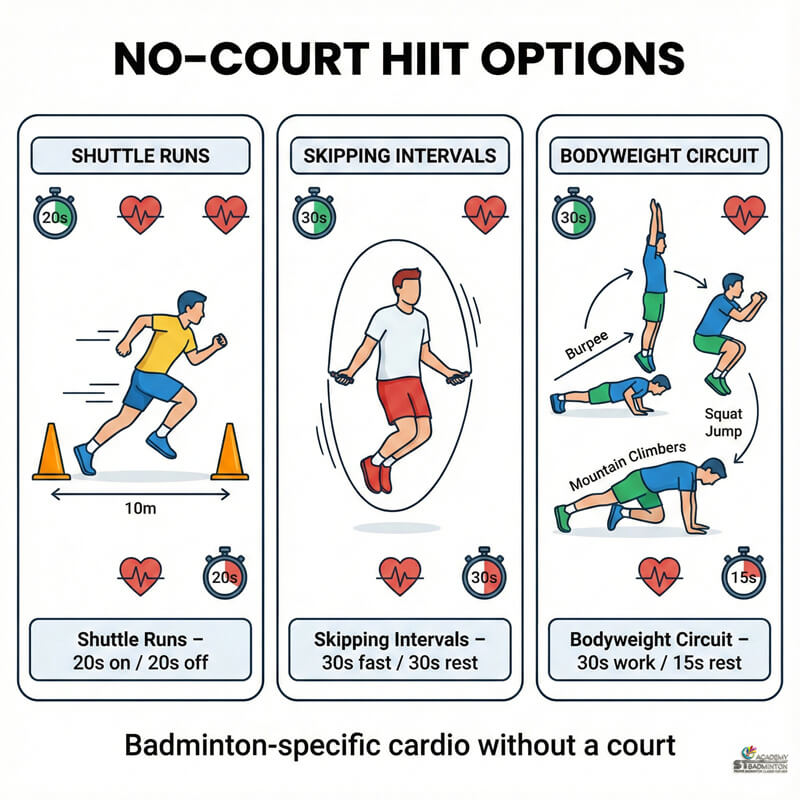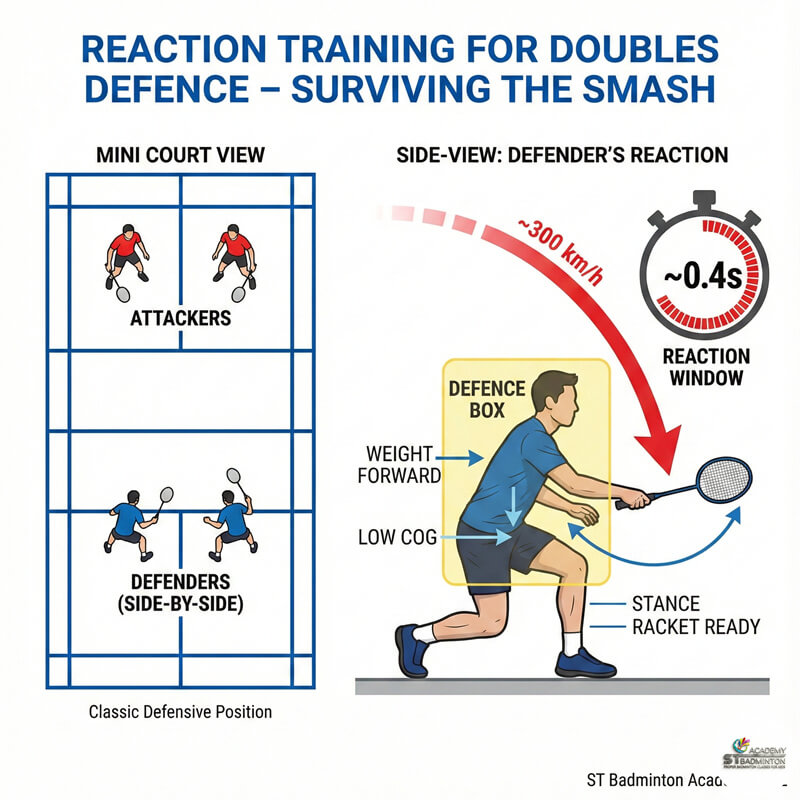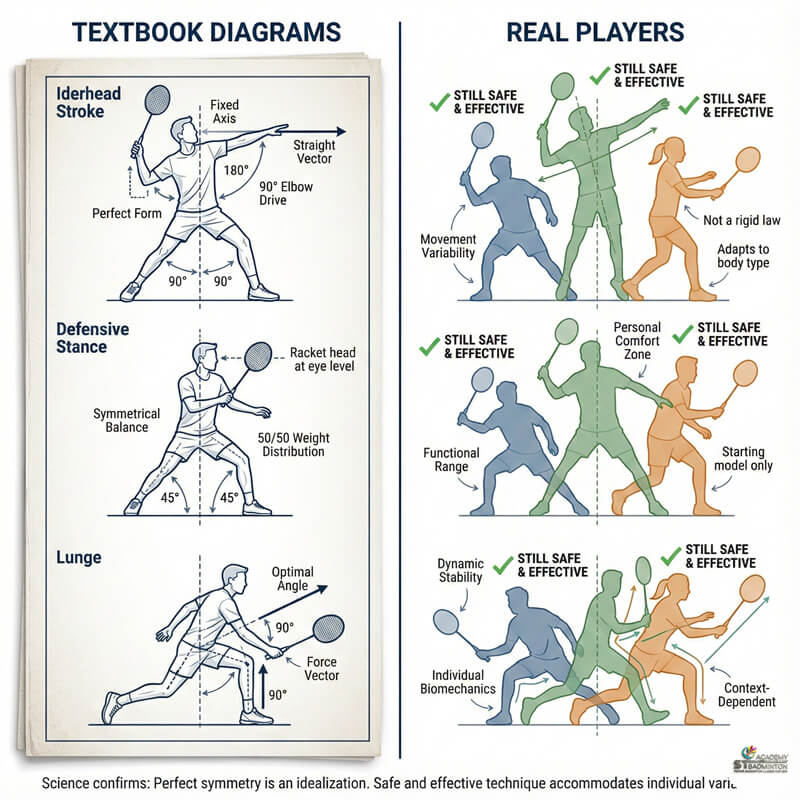Welcome to ST Badminton Academy’s badminton training in Malaysia! Have you ever considered creating a badminton training journal? If not, it’s something you should definitely look into. A badminton training journal can help you track everything from your progress in practice and matches to what techniques are working best for you. In this article, I’m going to go over some of the best tips for creating a successful badminton training journal!
Setting Goals For Your Training
Creating a successful badminton training journal is an important part of any athlete’s journey. One way to ensure success is by setting goals for your practice sessions and tracking the time you spend on each activity. This allows you to stay focused so that you can make the most of every session.
When it comes to goal-setting for badminton, think about what specific skills or techniques you want to achieve in your next practice session. By focusing on small tasks like mastering a certain shot or improving hand-eye coordination, rather than looking at the big picture all at once, you can more easily track your progress and celebrate successes along the way. Setting short-term goals also keeps things interesting as you move through different drills and exercises during each practice session.
To help keep yourself accountable for sticking to these goals, be sure to note down your objectives before beginning each practice session in your training journal. Doing this will remind you why you are spending time practicing and allow you to better assess which activities need more focus throughout the course of your training program. Moving forward with this mindset will provide invaluable insight into how best to use your time while pursuing excellence in badminton.
Keeping Track Of Your Progress
As any competitive badminton player knows, tracking your progress is essential for success. In fact, a recent survey revealed that 80 percent of successful professional athletes track their habits and assess their goals regularly. As such, it’s important to create a training journal to help you keep up with your development as an athlete.
When creating a badminton training journal, make sure to include details on the type of drill or practice session you did each day. Note down how long you practiced and what areas were focused on. Make sure to also record the intensity level and additional notes regarding how well the drills went – this will be helpful in assessing where you need improvement.
Finally, take time at least once per week to reflect on the entries in your journal so far; look back over the past few weeks worth of practice and see if there are any patterns emerging that could indicate weaknesses or strengths in certain areas of play. This reflection can help guide future decisions about which skills should be focused on during practice sessions.
Identifying Weaknesses And Strengths
Now that you’ve kept track of your progress, it’s time to identify and explore any weaknesses. This is so you can focus on developing them into strengths. Badminton training journals are a great way to help pinpoint where improvement needs to be made. It might be something as simple as needing more practice in one area or trying different techniques for better success. You can also use the journal to see what areas have been mastered and which ones need further attention.
To really get an accurate understanding of how well you’re playing badminton, take some notes about yourself during each session. Analyze your performance after each game by writing down any mistakes or challenges faced – this will allow you to review and make adjustments if needed.
Additionally, note anything that worked particularly well – this could be a particular move, shot, or strategy that was successful against your opponent. Exploring these successes and failures will help you gain insight into what works best for your style of play and give you ideas for improvement going forward.
Once you have identified areas of weakness, keep practicing until they become second nature! Developing good habits early on will pay off when facing higher-level opponents later on. Utilize video recordings whenever possible; watching yourself playback can provide valuable feedback on technique, form, footwork, and more – all key factors in becoming a skilled badminton player.
With consistent effort over time comes greater confidence in the court and improved results from the hard work put into perfecting badminton skills through practice sessions with a training journal at hand! Now let’s look at analyzing your opponents next…
Analyzing Your Opponents
As I prepared for my next badminton match, it dawned on me that analyzing opponents is just as important as tracking scores and practicing drills. By studying the playing style of your opponent, one can gain valuable insight into their strategy and techniques; thus allowing you to adjust accordingly and strive towards victory.
When observing an opponent’s gameplay, pay attention to how they move around the court; where do they tend to position themselves in order to hit certain shots? Do they favor a particular serve or technique when trying to score points? All these observations will help give you a better understanding of how best to approach them during the match.
Now that we have discussed analyzing our opponents, it’s time to turn our focus on recording techniques and strategies. Knowing which plays work well against different players can be incredibly useful, especially when preparing for future matches. It is also beneficial to keep track of what formations or tactics worked particularly well during a match so that you may use them again at some point down the line. Keeping records like this will allow you to fine-tune your skills while ensuring consistent improvement over time.
Recording Techniques And Strategies
Creating a badminton training journal is an important tool for recording your progress and tracking your drills. It also helps to keep you motivated by providing tangible evidence of improvement. To get the most out of your journal, I’ve come up with some tips that will help ensure success.
First and foremost, it’s important to set realistic goals when writing in a training journal. This way, you stay on track and don’t become overwhelmed by too much ambition. Once these goals are written down, make sure to update them regularly so that they remain relevant and achievable. Additionally, try to include details about any successes or failures during each session as this allows for easy evaluation of strategies used during practice sessions.
Finally, be sure to incorporate motivational techniques into your journaling process. Rewarding yourself for reaching milestones can be a great source of motivation and is something that should not be overlooked!
Furthermore, take time after each session to reflect on what was done well or poorly and develop plans for improving areas needing work. By doing this consistently over time, you’ll have all the information necessary at hand when evaluating performance and potentially making changes mid-season if required. With these tips in mind, let’s move on to discussing recording equipment and gear needed for successful badminton training journals.
Recording Equipment And Gear
My badminton training journal begins with the essential equipment and gear that I need for success. It’s like a toolkit of advanced weaponry, giving me the advantage on any court! Badminton requires a proper form to be successful, so you’ll want to invest in solid-quality racquets, comfortable shoes, sweat-wicking clothes, and plenty of shuttlecocks.
Also, consider investing in an aerobic conditioning program designed specifically for badminton players. This will help improve your stamina and give you more energy on the court.
To document my progress during training sessions I also use a notebook, pen or pencils, and a stopwatch. The implementation of these tools helps me track all relevant information as it happens: speeds achieved while smashing, shot accuracy percentages over time; even how far I’m able to jump after each session! Of course, I keep a record of what techniques work best for me and which ones can be improved upon. All this data is crucial for creating effective strategies when playing against opponents.
Having the right pieces of equipment handy and tracking my performance at every turn – whether it’s physical strength or mental acuity – gives me confidence that I am continually progressing toward becoming a better player. Now let’s move on to documenting match results…
Documenting Match Results
Recording match results is an important part of tracking your progress as a badminton player. It’s vital to document wins, losses, and everything in between for the sake of improving skills and stamina. Here are three key tips for capturing these updates:
| Match Tracking Tips | Description |
|---|---|
| Write Down Match Scores Immediately | Write down each match score immediately after it has been decided – this will help you accurately track your win/loss record over time without having to rely on memory alone. |
| Include Impactful Details | Include any details that may have impacted the outcome such as physical fatigue, mental stress, or environmental conditions like windy weather. This can provide valuable insights when reflecting back later on why certain matches ended up being more successful than others. |
| Track Opponents for Future Reference | Track any opponents you’ve faced so you can keep tabs on who to avoid or seek out again depending on how well they match up with your own play style. Doing regular reviews and reflections allows players to identify areas that need improvement while also rejoicing in their successes – both small and large! |
Doing Regular Reviews And Reflections
Having documented your match results, it is time to regularly review and reflect on these. This process should include tracking the amount of time you spend training and evaluating your performance in comparison with yourself over a period of time. Doing this kind of regular reflection can be immensely helpful in helping you stay on track toward achieving your long-term goals.
| Time Spent Training (Hrs) | Performance Evaluation | Reflection/Notes |
|---|---|---|
| 8 | Good | Felt more confident today; need to focus on improving my footwork for the next session |
| 10 | Very Good | Made big improvements since last week; feeling great about my energy levels |
| 6 | OK | Need to work on my serves; felt tired after two hours so stopped earlier |
When evaluating your performance, pay attention to the areas that matter most such as accuracy, speed, power, movement, and skill execution. Record notes that allow you to build up a picture of how well you are performing across each area. This will help you identify which areas require more practice or what particular aspects need some extra concentration when playing matches. Additionally, make sure to keep track of any changes in physical condition throughout the season – if any injuries occur or general fatigue creeps in then note down any observations here too!
By taking the time each week or month to document progress through tracking time spent training and assessing performance evaluations, badminton players will have an invaluable resource that allows them to monitor their improvement curve over longer periods of time. Not only does this provide motivation but also helps identify both strengths and weaknesses that can be used to further enhance future sessions and ultimately improve overall gameplay.
Frequently Asked Questions

What Is The Best Way To Set Up A Badminton Training Journal?
Creating a badminton training journal is essential for tracking drills, tournament preparation, and overall progress. Start by setting up an organized system that works best for you – whether it’s online or in a physical notebook. At the start of each session, log your goals and objectives so you can track your performance over time. Take notes after every practice to capture any successes or areas needing improvement. Finally, use this data to adjust your strategy going forward and stay on top of your game!
How Often Should I Review My Badminton Training Journal?
It’s important to regularly assess your badminton training journal to make sure you are on track with your goals. Data tracking is essential in order to measure progress and stay motivated.
To get the most out of it, review your journal at least once a week – this will help you gain insights into what works best for you when it comes to training, as well as allow you to adjust any areas that may need improvement. With regular assessments, you’ll be able to identify any patterns or trends that can help inform future decisions.
What Is The Most Effective Way Of Measuring Progress In Badminton?
Measuring progress in badminton can be a tricky thing. To do it effectively, you should track your metrics and skill drills – recording the number of successful shots and other relevant statistics from each training session. This will give you an indication as to how much better or worse you’re getting over time. By keeping detailed records, you’ll be able to identify areas for improvement and adjust your strategy accordingly.
With regular practice, dedication and focus on tracking your progress, you’ll be sure to reach new heights in no time!
What Are The Best Strategies For Improving My Badminton Game?
The key to becoming a master of badminton is learning the right strategies. It’s not enough just to hit the shuttlecock around – you need to understand your own technique and have an effective plan for improvement.
Whether it’s through practice drills or mental focus, there are many ways to take your game up a notch. Learning the correct drills will give you the technical skills needed for success while focusing on mindfulness and awareness can help sharpen your mental strategy. With dedication and consistency, these methods will lead to improved performance in no time!
What Type Of Badminton Equipment Should I Invest In?
If you’re serious about improving your badminton game, investing in the right equipment is a great place to start. A good racket is essential for maintaining form while playing and it’s important to select one that fits your style of play and strength level.
Other than choosing a good racket and also remember to choose the best racket restring in Singapore. Consider purchasing quality shuttlecocks as well, since they can have an impact on your performance. Lastly, be sure to invest in comfortable clothing and shoes specifically designed for badminton so you can give your best during training sessions!
Learn and Review Professional Badminton Training in Malaysia
Creating and regularly reviewing a Badminton Training Journal is an essential tool for any serious player. As evidenced by professional badminton player Eric Chuar’s experience with his journal, tracking one’s progress over time can provide invaluable insights into areas of improvement. Investing in the right equipment to suit your playing style will also help you hone your skills and reach new levels of success.
Finally, taking on board these best tips for creating a Badminton Training Journal will ensure that you are able to stay on top of your game and achieve your goals. For example, I recently purchased some high-quality racket strings which have allowed me to increase my spin rate and improve my accuracy when returning shots from difficult angles!





